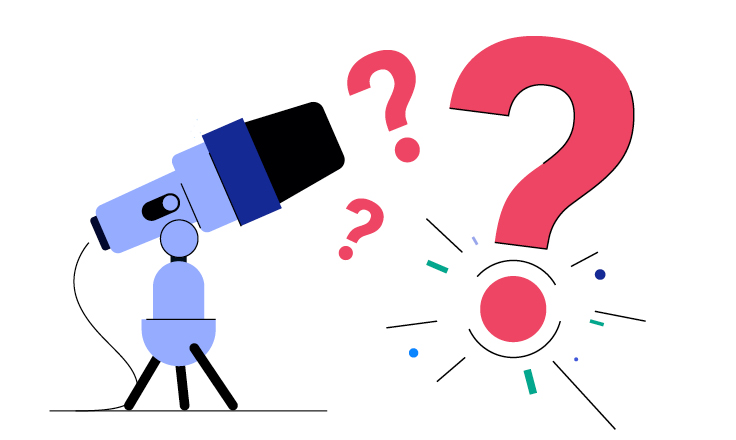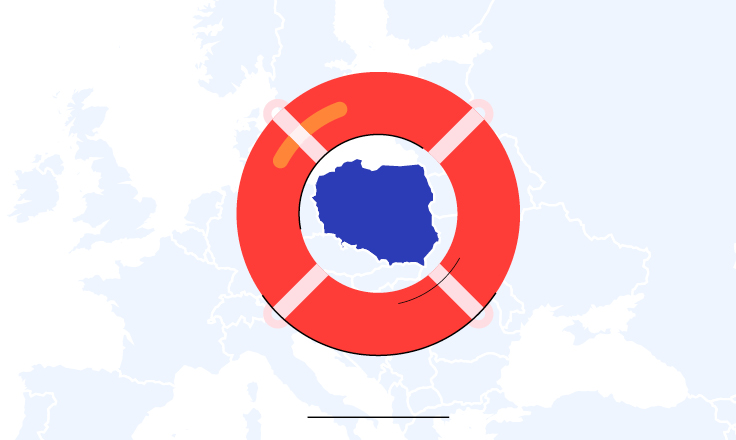What are the functions of insurance?
Insurance fulfills three primary functions:
Protective: It provides the insured with protection in case of the occurrence of certain events. The protection usually has a financial dimension because the benefits paid by the insurance company are supposed to meet the suddenly increased needs or compensate unexpected damages. In practice, insurance services also provide solutions to problems in an organizational manner. This means that even before the occurrence of the insured event, the insured has a sense of security because, for a low price in comparison to possible losses, they discard the need to prepare financially and psychologically for the consequences of what might happen.
Preventive: It means preventing random events from occurring. Preventing damage is one of the obligations of the policyholder – its negligence or intentionally causing damage constitutes the basis for the refusal to pay the benefits.
Financial: There are many positive effects of risk financing through insurance. These include eliminating worries related to experiencing loss experience or the occurrence of sudden, increased financial needs; financial security for loved ones in the event of the insured's death; certainty and financial stability; increased financial credibility, or the release of funds that would otherwise be used to cover the damages.
The conclusion of certain types of life insurance policies allows you to collect savings using investment funds. The funds accumulated in this way can be used to secure income in old age, for a mortgage, or for future offspring.
Classification of insurance and insurance products
An insurance product is a package of services provided to an insured person by an insurance company for a specific fee, from the moment the insurance contract is concluded up to its termination. These products can be divided according to several criteria. The main division is compulsory and voluntary insurance.
Compulsory insurance is those that are required by law. They may be further categorized into compulsory general insurance, such as third-party liability insurance for motor vehicle owners, farmers, or tax advisors, as well as compulsory special third-party liability insurance, for example, statutory auditors or court bailiffs.
The second criterion for classifying insurance products is the number of insured objects - hence the division into further types of insurance: individual and collective. Collective insurance allows for a greater number of people or institutions to be covered by the protection. This allows for negotiating a lower premium and simplifying formalities related to the concluding of separate insurance contracts.
Collective insurance also distinguishes group insurance, in which the system of personal risk assessment, the level of premiums and benefits for a certain group of insured persons, e.g., employees from one workplace, are standardized.
The third criterion for the division of insurance is the subject of insurance and because of it, personal and property insurance are distinguished.







